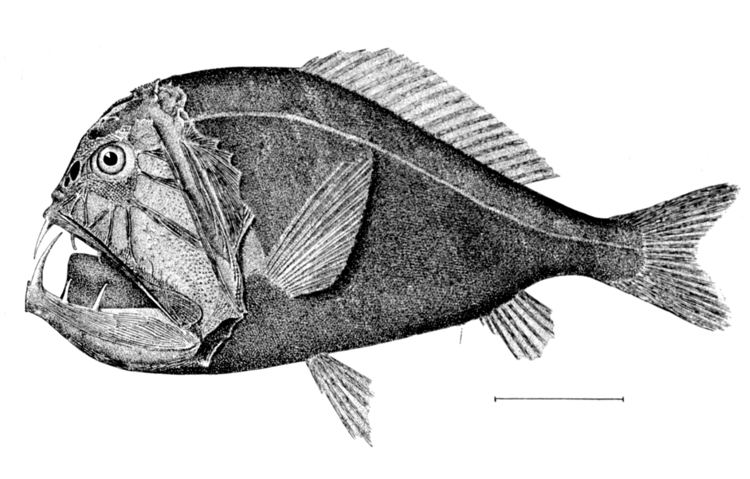 | ||
The term deep sea creature refers to organisms that live below the photic zone of the ocean. These creatures must survive in extremely harsh conditions, such as hundreds of bars of pressure, small amounts of oxygen, very little food, no sunlight, and constant, extreme cold. Most creatures have to depend on food floating down from above.
Contents
These creatures live in very demanding environments, such as the abyssal or hadal zones, which, being thousands of meters below the surface, are almost completely devoid of light. The water is between 3 and 10 degrees Celsius and has low oxygen levels. Due to the depth, the pressure is between 20 and 1,000 bars. Creatures that live hundreds or even thousands of meters deep in the ocean have adapted to the high pressure, lack of light, and other factors.
Barometric pressure
These animals have evolved to survive the extreme pressure of the sub-photic zones. The pressure increases by about one bar every ten meters. To cope with the pressure, many fish are rather small, usually not exceeding 25 cm in length. Also, scientists have discovered that the deeper these creatures live, the more gelatinous their flesh and more minimal their skeletal structure. These creatures have also eliminated all excess cavities that would collapse under the pressure, such as swim bladders.
Lack of light
The lack of light requires creatures to have special adaptations to find food, avoid predators, and find mates. Most animals have very large eyes with retinas constructed mainly of rods, which increases sensitivity. Many animals have also developed large feelers to replace peripheral vision. To be able to reproduce, many of these fish have evolved to be hermaphroditic, eliminating the need to find a mate. Many creatures have also developed a very strong sense of smell to detect the chemicals released by mates.
Deep sea research
Humans have explored less than 2% of the ocean floor, and dozens of new species of deep sea creatures are discovered with every dive. The submarine DSV Alvin—owned by the US Navy and operated by the Woods Hole Oceanographic Institution (WHOI) in Woods Hole, Massachusetts—exemplifies the type of craft used to explore deep water. This 16 ton submarine can withstand extreme pressure and is easily manoeuvrable despite its weight and size.
The extreme difference in pressure between the sea floor and the surface makes the creature's survival on the surface near impossible; this makes in-depth research difficult because most useful information can only be found while the creatures are alive. Recent developments have allowed scientists to look at these creatures more closely, and for a longer time. A marine biologist, Jeffery Drazen, has explored a solution, a pressurized fish trap. This captures a deep-water creature, and adjusts its internal pressure slowly to surface level as the creature is brought to the surface, in the hope that the creature can adjust.
Another scientific team, from the Universite Pierre et Marie Curie, has developed a capture device known as the PERISCOP, which maintains water pressure as it surfaces, thus keeping the samples in a pressurized environment during the ascent. This permits close study on the surface without any pressure disturbances affecting the sample.
In Popular Culture
The BBC's Blue Planet has featured deep sea creatures, highlighting their peculiar attributes.
